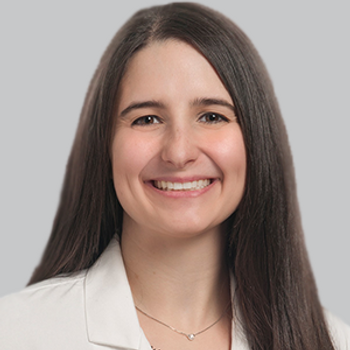
The staff neurologist at Cleveland Clinic’s Mellen Center for MS shared her insight into the use of telemedicine in an outpatient setting across a number of subspecialties in neurology and how it can supplement care going forward.


The staff neurologist at Cleveland Clinic’s Mellen Center for MS shared her insight into the use of telemedicine in an outpatient setting across a number of subspecialties in neurology and how it can supplement care going forward.
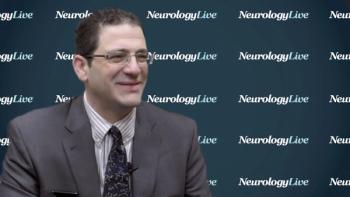
The program director of neurology at the Zucker School of Medicine, Northwell Health, spoke about the great advances of the new CGRP medications available for the prevention of migraine.

After its recent FDA clearance, the smartphone-controlled Nerivio Migra makes its entrance into the market in the fall. Theranica’s CEO and co-founder spoke to its clinical efficacy and advantages for patients and physicians.

On our anniversary, take a look back at some of our most popular articles and interviews across a range of neurology topics.
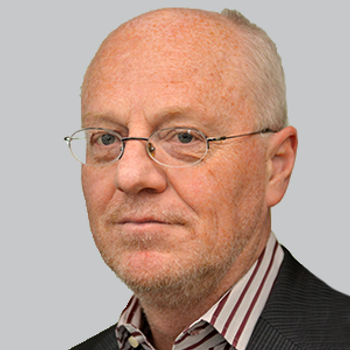
The use of single-pulse transcranial magnetic stimulation, while already FDA-approved for acute and preventive migraine treatment, has shown that it can be effective in reducing the need for acute headache medications in patients with migraine.
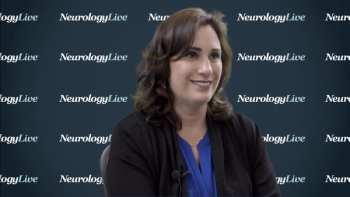
The clinical professor of neurology at Albert Einstein College of Medicine spoke to the findings of the OVERCOME study, and how recent literature has suggested that improper prescriptions and medication use in migraine have been ongoing in spite of the current recommendations.

The director of the MedStar Georgetown Headache Center discussed the barriers to patient and clinician education in migraine and the gap in available interventions for the diverse patient population.

The investigators noted that these data provide robust and promising evidence that eptinezumab is associated with a rapid preventive effect in chronic migraine that is sustained for 3 months after a single infusion.

Your patient asks if a ketogenic diet can reduce her migraines. What will you tell her?

The chief medical officer of electroCore discussed the various data which have been published on the use of noninvasive vagus nerve stimulation in different populations of patients with migraine and headache.

The director of headache medicine and chief of general neurology at Yale Medicine discussed the long-term success the new preventive migraine therapies have shown thus far, and how the lack of safety concerns will improve how they’re utilized.

Epidemiology studies are useful to clinicians because they highlight diagnosis and prescribing patterns, common trends within a disease, and unmet needs.

The clinical professor of neurology at Albert Einstein College of Medicine discussed the referral process for patients with migraine and which patients may be too complex for the limited time primary care physicians have.
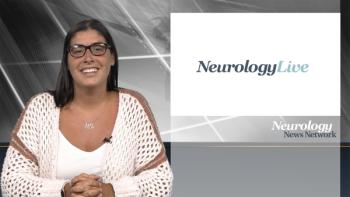
This week’s edition features highlights from NeurologyLive’s coverage of the American Headache Society’s annual scientific meeting.

The professor of neurology, neurotherapeutics, and ophthalmology at UT Southwestern discussed the need to better coordinate care between providers when telemedicine is being utilized in headache and migraine care.

The monoclonal antibody against CGRP reduced the frequency of episodic cluster headache attacks significantly more than placebo, though the Eli Lilly therapy failed to separate from placebo in the disease’s chronic presentation.
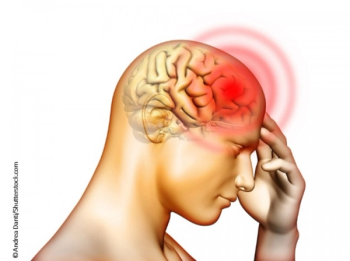
For years, study participants had been suffering with migraine symptoms and had failed at least three to five therapies before enrolling in the trial.

The director of the Headache Center of Southern California shared insight into the success of ubrogepant in patients who failed on triptans, and how the future of migraine treatment may need to focus on combination approaches.

The director of the MedStar Georgetown Headache Center spoke about the higher-than-desired rates of opioid prescriptions for patients with migraine, and how new treatment options and provider education can help lower those numbers.

At the recent American Headache Society meeting, researchers detailed the manifold risks of opioid use in patients with migraine.

The director of the Orange County Migraine and Headache Center spoke about the adherence issues in acute migraine treatment and how the safety profile of investigational medications such as rimegepant and ubrogepant suggests they may be able to address them.

Lead author Elizabeth K. Seng, PhD, shared insight into the findings of an exploration of the use of mindfulness-based cognitive therapy to reduce the impact of migraine on patients, as measured by Migraine Disability Assessment, as well as Headache Disability Inventory scores.

The International Congress on the Future of Neurology will take place this Fall in New York City, converging experts in neurology to discuss the latest data and best practices to better inform clinical decision-making.

Investigators found that participants struggled to adhere to the treatment protocol, which required them to administer 3 treatments per day.

The director of headache medicine and chief of general neurology at Yale Medicine spoke about the significance of having CGRP inhibitors in migraine treatment, and how eptinezumab fits into the treatment landscape.